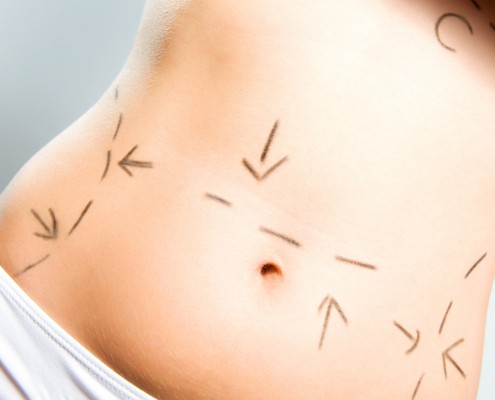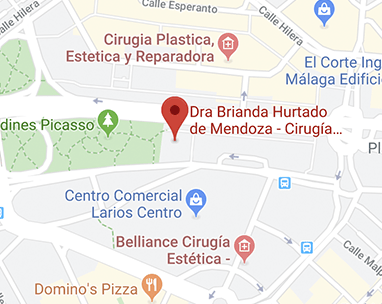You can expect considerable bruising which will be uncomfortable and at times painful. The larger the area treated the greater it will be. Some people bruise more easily than others. The discoloration of this bruising will usually last for about a month, but the lumpiness and swelling of deep bruising can take up to six months to disappear, particularly when the abdomen or ankles have been treated.
As swelling can take a long time to settle you may not see the full benefit of the operation for up to six months. Rarely, a greyish stripe can discolour the skin for several months and is more commonly seen when the ankles have been treated. If you have a tendency to be anaemic, or if you were to have a large area treated, you may need to take iron tablets for a month. You can expect some numbness in the treated skin which lasts for several months.
You will have small scars 1.0 to 2.0 centimetres long at the sight of insertion of the suction cannulae. There is a small risk in some people that these scars may stay red for a while but they are usually sighted in less obvious areas.
If you are having treatment to your legs you may find that your ankles are swollen for a few weeks and if your ankles themselves have been treated, they may stay swollen for a few months.




